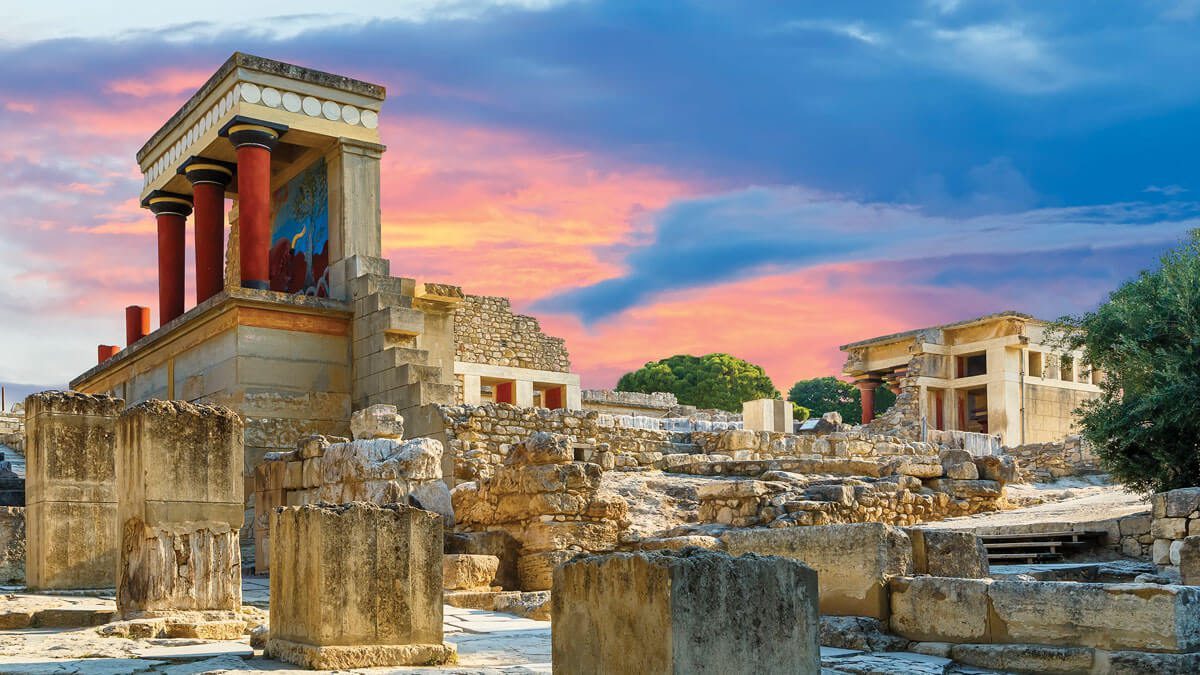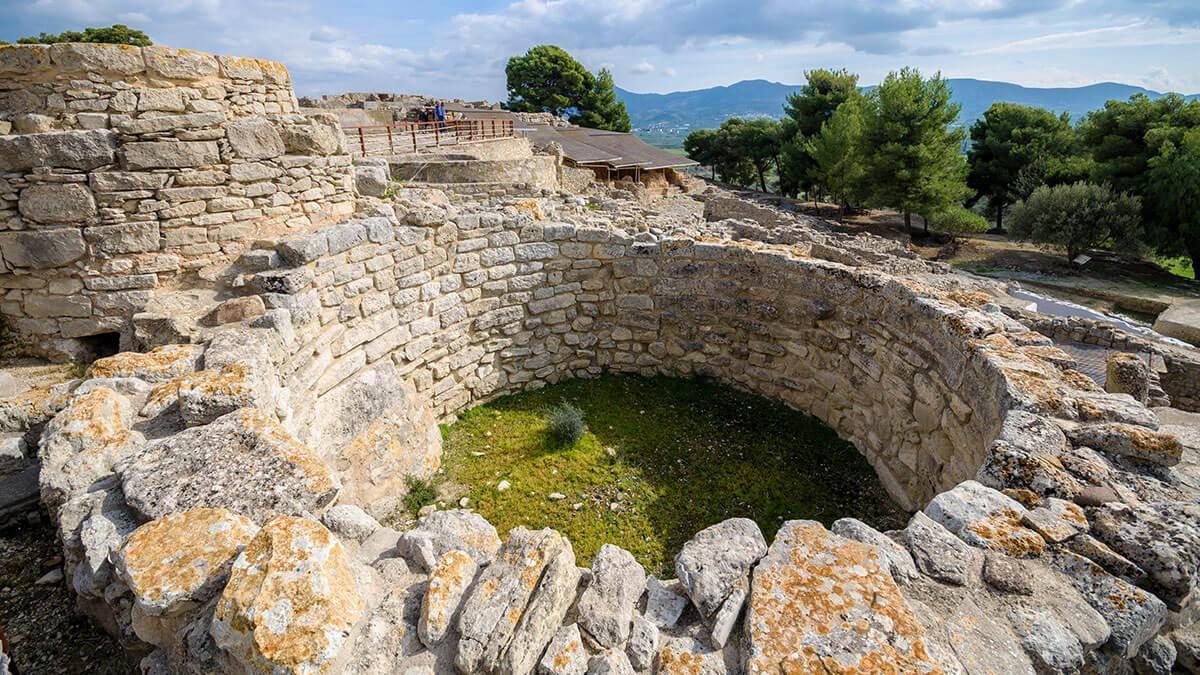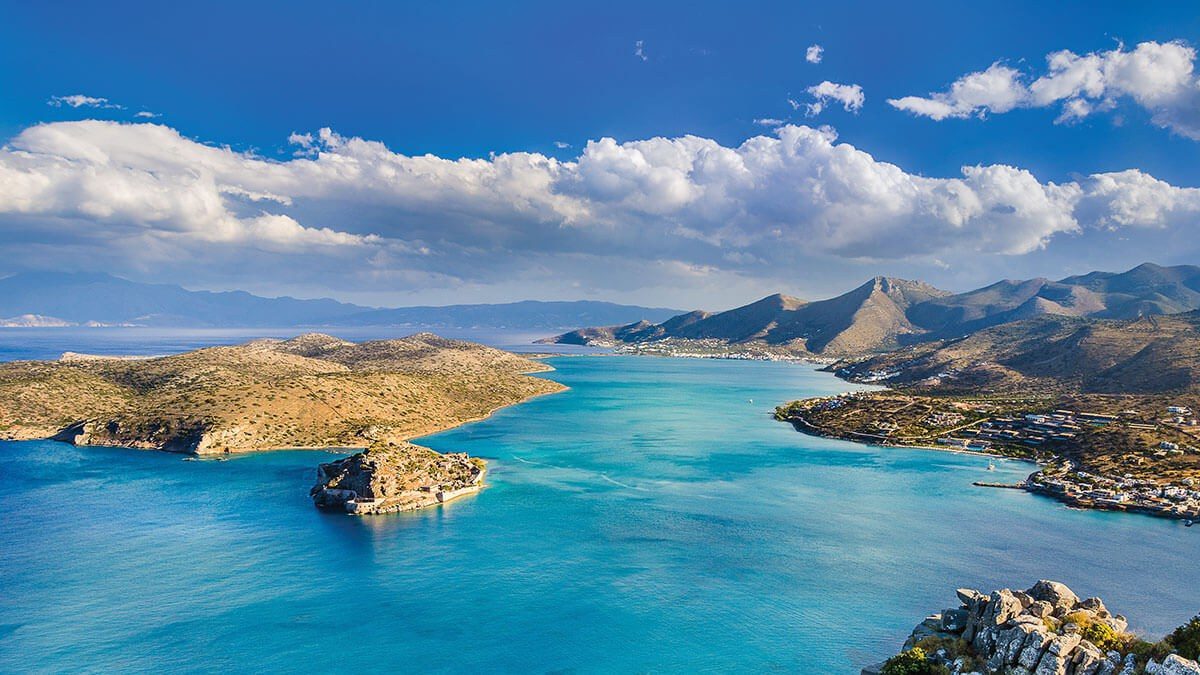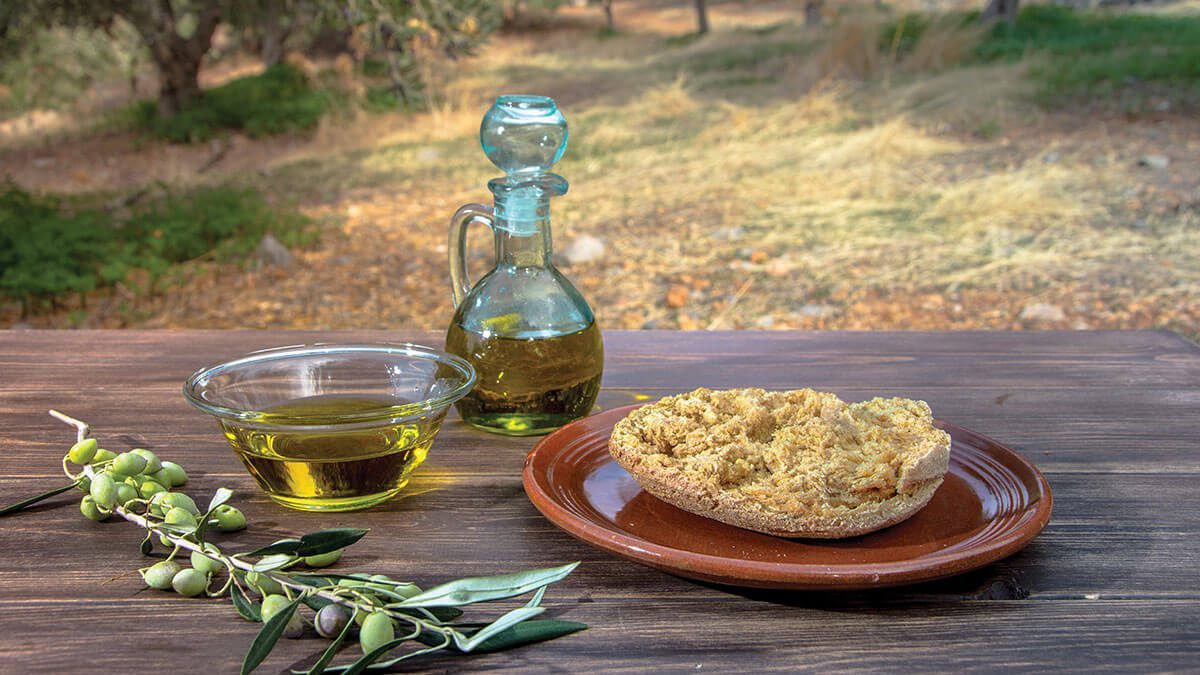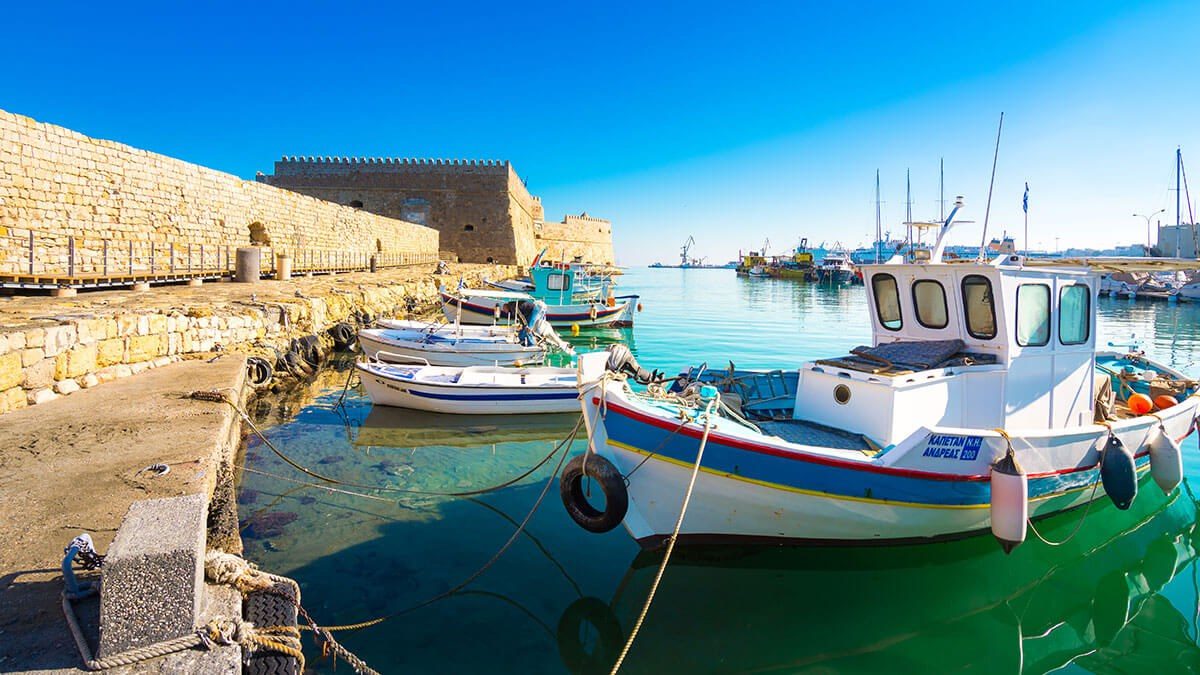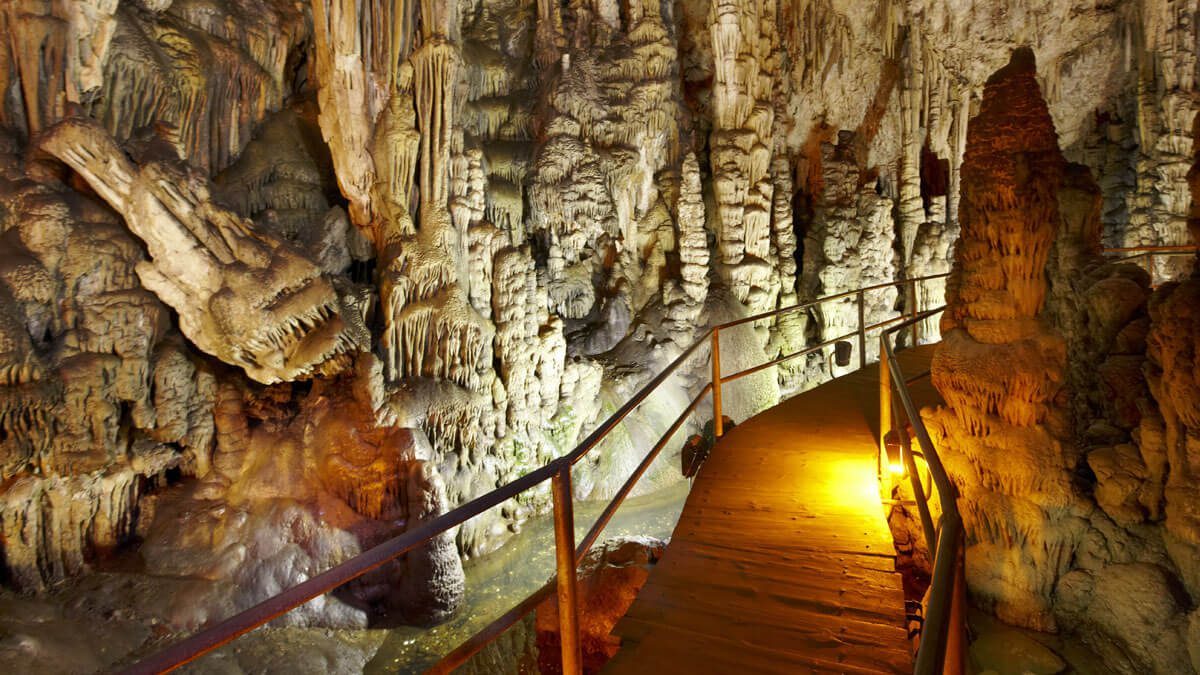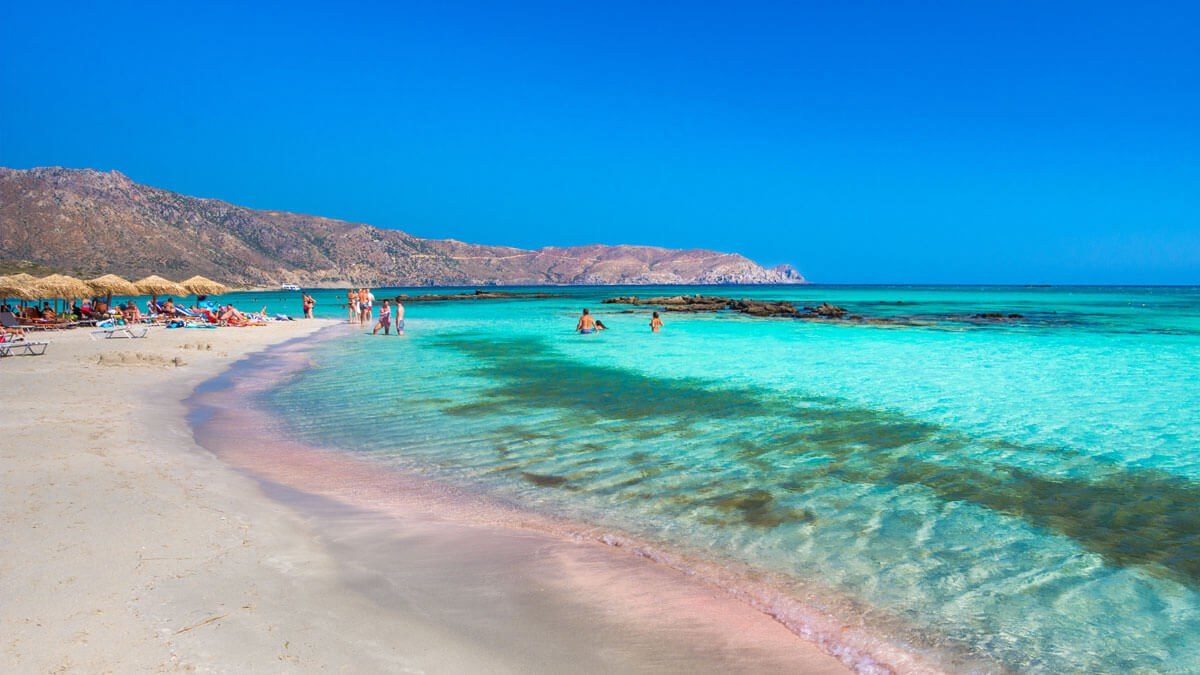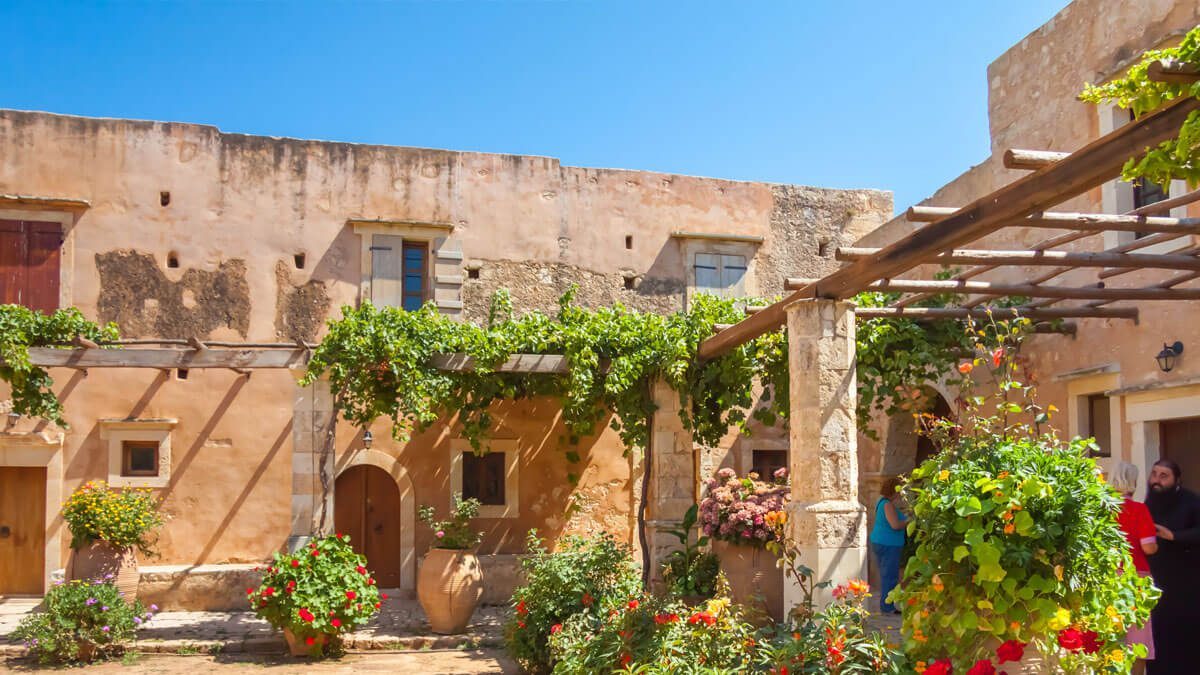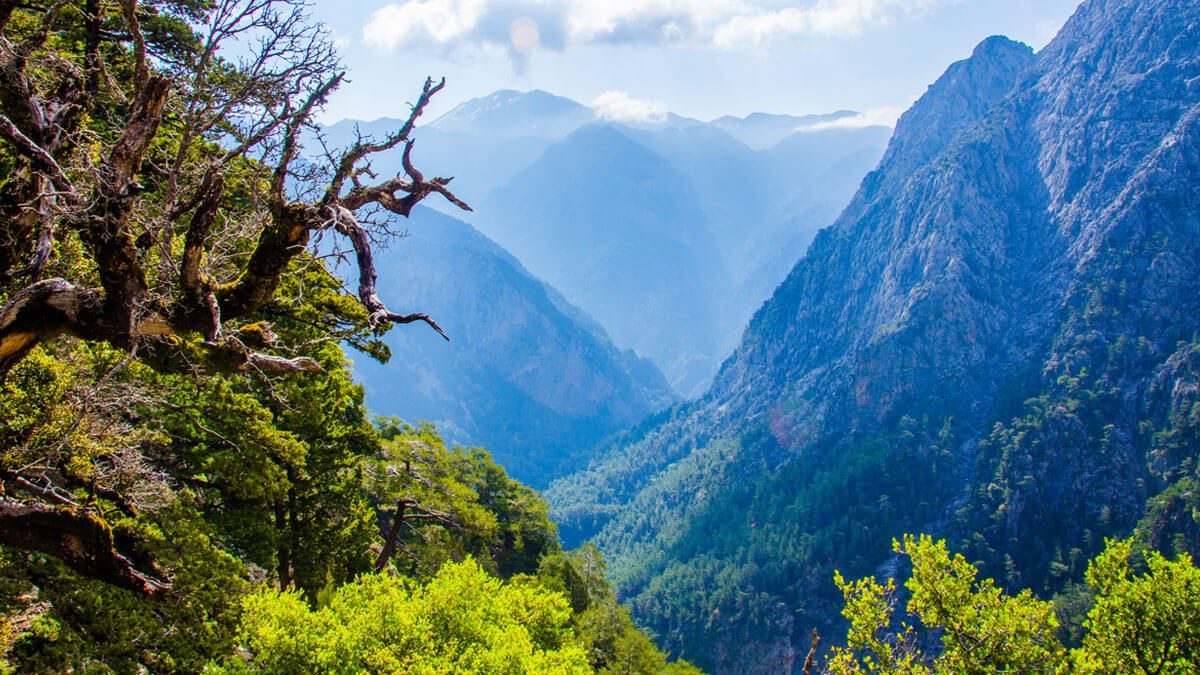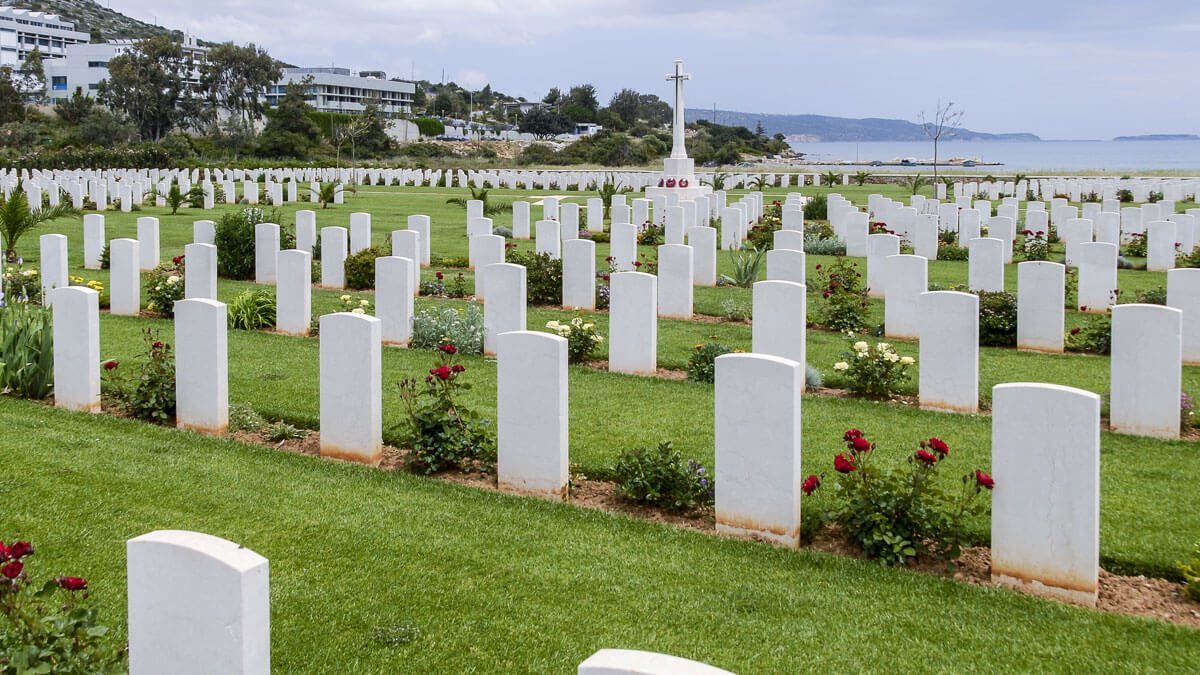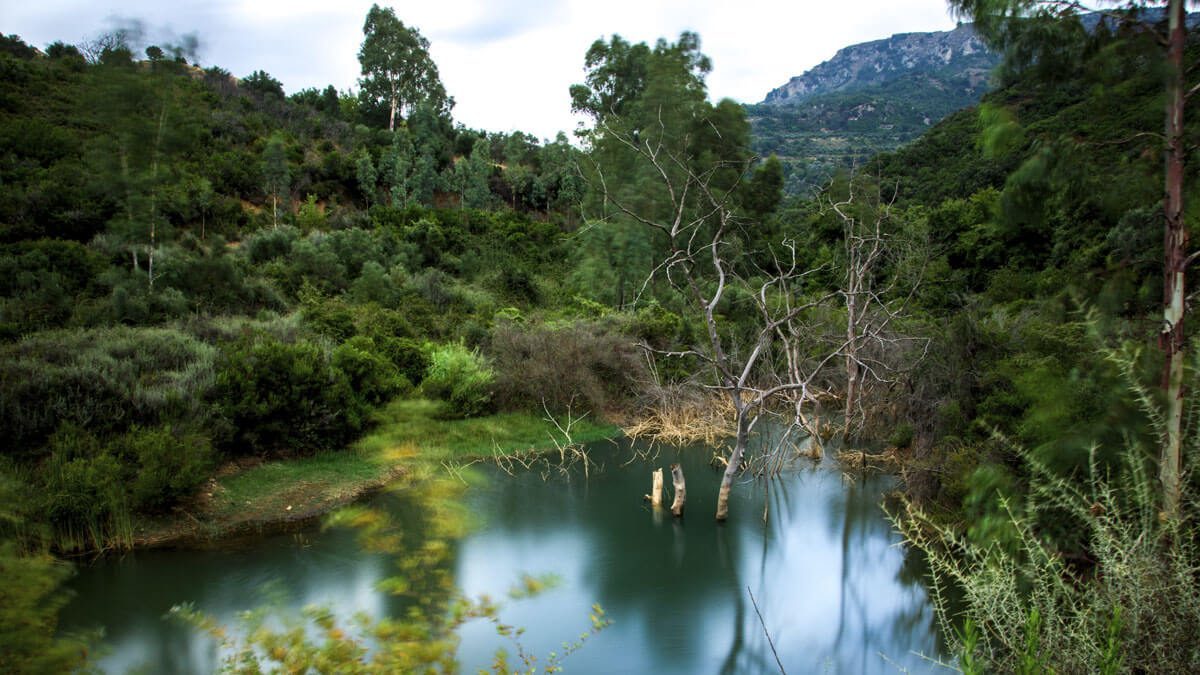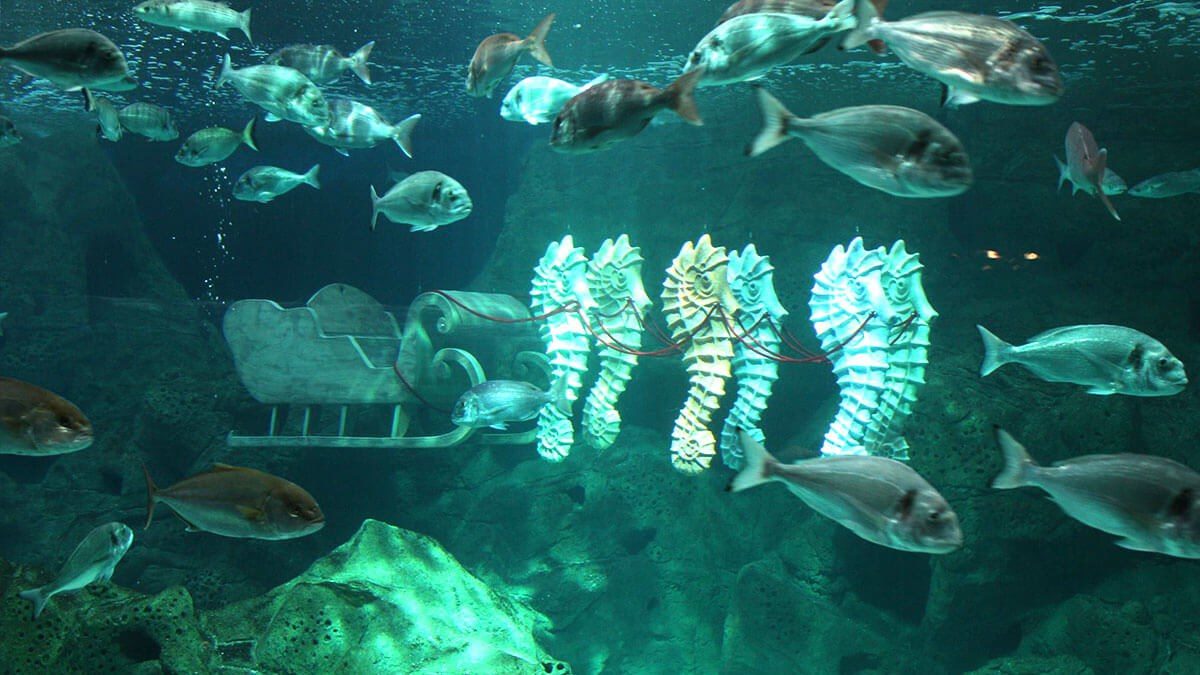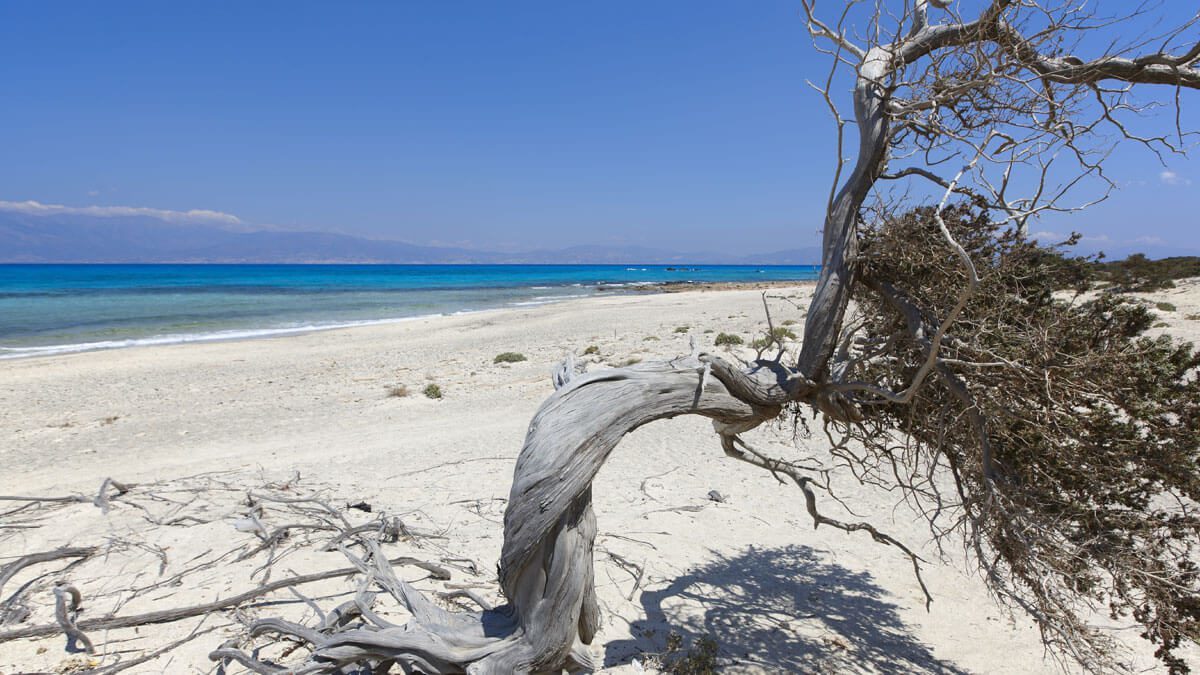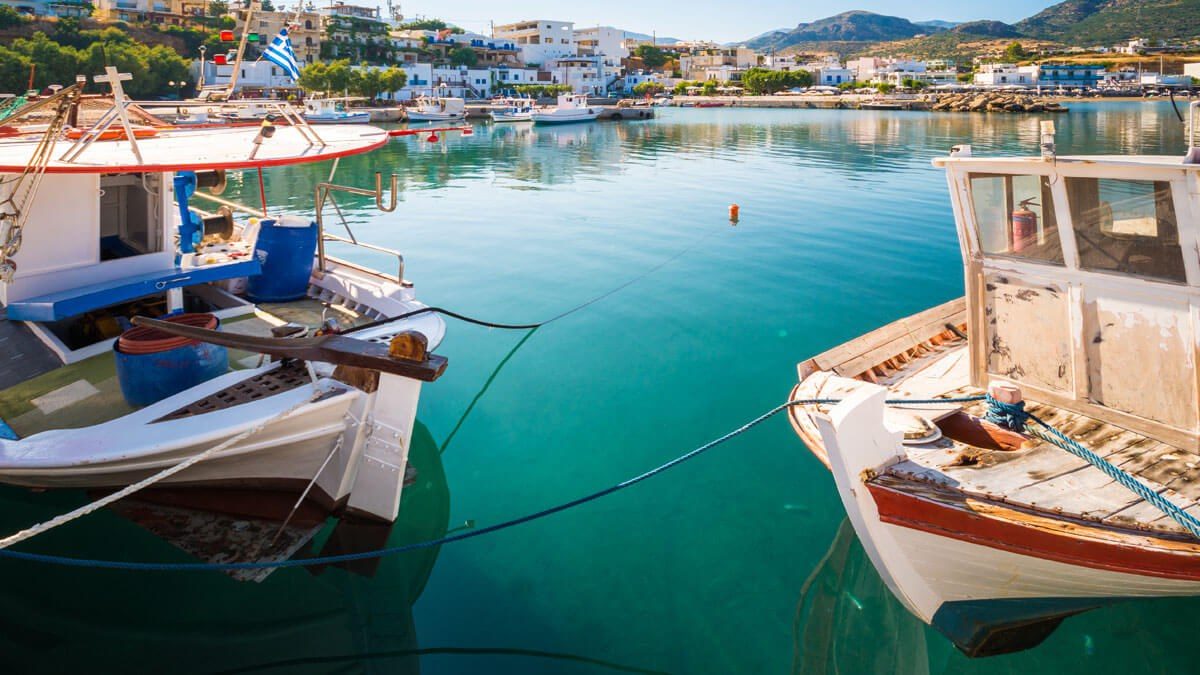Day Trips
Let us guide you through Europe’s first civilization, Crete.
Enjoy unique tours that will make your holidays memorable.
Visit the palace of Europe’s first civilization, where everything began. Explore what were the royal quarters, storerooms and central court of the palace and hear about the mythical Minotaur, the tragic story of Theseus and the king of Crete Minos. After the Palace, visit the Archaeological Museum in the center of Heraklion one of the greatest museums in Greece and the best in the world for Minoan art, as it contains the most notable and complete collection of artifacts of the Minoan civilization.
Phaistos was one of the most important centres of Minoan civilization and the most wealthy and powerful city in southern Crete. The Palace of Phaistos lies on the East end of Kastri hill at the end of the Mesara plain in Central Southern Crete. It was built on the site at the beginning of the Second Millennium, known as the Protopalatial Period (c.1900-1700 BCE). It required an enormous amount of work to build the palace. This is also where the Phaistos disk was found. The Phaistos disk is about 15 cm in diameter and covered on both sides with a spiral of stamped symbols. Its purpose and meaning, and even its original geographical place of manufacture remains disputed, making it one of the most famous mysteries of archaeology.
Spinalonga is a small island in the northeast of Crete which was used by Venetians as a fortress. The 40 cannons of the fortress have been guarding the Elounda bay since the 15th century. At the beginning of 19th century, the island became a leper colony, the last active leper colony in Europe, and it remained so until 1957. The last inhabitant, a priest, left the island in 1962. This was to maintain the religious tradition of the Greek Orthodox church, in which a buried person has to be commemorated. Visit this unique island which will travel you through its thriving history.
Meet the famous traditional Cretan cuisine. Based on its fresh ingredients, simple techniques, it’s the variety of local produce that distinguishes the dishes: mountain herbs and greens, bulbs, unique cheeses, fresh fish, the famous Cretan oil, and the passion of its people for food. Alongside with your food, you will taste the unique Cretan wines, which are becoming famous worldwide. You will love these Greek grape varieties and you will find out an ancient wine culture in a renaissance.
The "Castello a Mare" or Koules is the famous fortress of Heraklion Town, located at the entrance of the old port. It was built by the Republic of Venice in the early 16th century and it is haunted by legends that Cretan rebels were horribly tortured in its damp, dark rooms, during the Ottoman occupation of the island. The fortress is located just a few meters from Heraklion’s old town where you can have a walk, through the historic streets, enjoy great traditional food and have a taste of Cretan hospitality.
Psychro Cave is an ancient Minoan sacred cave in Lasithi district of eastern Crete, where according to mythology Rhea gave birth to Zeus, the king of Greek gods. This is why the Dikteon Cave was already famous in antiquity, dedicated to the worship of the greatest of the gods, as the many offerings found there indicate. The impressive Dikteon Cave, is rich in stalagmites and stalactites. The Cave lies at an altitude of 1025 m. on the northern slopes of Mount Dicte, which dominates the Lassithi Plateau and the whole of East Crete. The cave is near the village of Psychro, which is why it is also known as Psychro Cave.
Elafonisi is one of the most beautiful beaches in Greece, it’s an island located close to the southwestern corner of Crete, near Chania. Elafonisi is a magical place that consists of a small islet full of white and pink sandy beaches, which is very close to the main beach. The island is a protected nature reserve. Its beauty will get you astonished and as many visitors say, it feels like a lost paradise on earth.
The Arkadi Monastery is the most important Eastern Orthodox monastery in Crete, situated on a fertile plateau to the southeast of Rethymnon. The current church dates back to the 16th century and is marked by the influence of the Renaissance. Arkadi is surrounded by massif walls that made it impregnable from the enemies and its rich fortification attracted the rebellious Cretans. Arkadi is certainly the most historic monastery of Crete and has become the most sacred symbol of the Struggle of the Cretans for Freedom. It is the theatre of the tragic battle of 1866, which opened the way for the liberation of the island in 1898. Indeed, UNESCO has designated Arkadi as a European Freedom Monument.
If there is one thing you need to do when visiting Crete, you must hike Samaria Gorge. What makes Samaria Gorge epic? At 16 kilometres, Samaria Gorge is one of the longest gorges in Europe, is located in Crete’s only national park, near Chania and provides stunning views all day long. Samaria Gorge has been inhabited since the beginning of time. There are remnants of Byzantine churches and Venetian castles. At the halfway point is the remains of a more modern settlement. It is a major tourist attraction of the island and a World's Biosphere Reserve.
The Souda Bay Allied War Cemetery is a military cemetery administered by the Commonwealth War Graves Commission. It contains burials from both World War I and especially World War II (Battle of Crete). At Vlites position, by Souda port, in a beautifully landscaped scenery, where ceremonies take place every year in memory of the victims of the Second World War. The architect was Louis De Soissons. The 1527 burials in the cemetery are from UK (862 soldiers), Canada (5), Australia (197), New Zealand (446), South Africa (9), India (1), Others (7).
The gorge of Patsos or Agios Antonios is located 8 km southwest of the Monastery of Arkadi, in the heart of the lush province of Amari. The water of the gorge is poured in the dam of Potamoi. Trekking in the gorge is very easy, since it is managed by the Forest Service. Patsos gorge is a perfect excursion it can stimulate mind, heart and body. It has points of archaeological interest in an extraordinary landscape and continuous challenges for excursionists who want to conquer the ravine.
Cretaquarium is a public aquarium located near the town of Gournes in Crete, 15 km east of the city of Heraklion. CretΑquarium is an expert in presenting species and ecosystems of the Mediterranean, a sea of unique biodiversity that gave birth to ancient civilizations and welcomes millions of visitors every year from all over the world. Offering 60 tanks of different sizes, containing a total amount of 1,700,000 litres of sea water, it is home to 2000 sea animals, 200 different species found in the Mediterranean basin, and together with the appropriate scenery, it successfully represents the Cretan and Mediterranean Sea beds.
The island of Chrissi or Gaidouronisi is situated approximately 9 nautical miles south of Ierapetra. Due to its incredible natural beauty and important ecosystem, it has been included in the European initiative NATURA 2000. The colours of the rocks, which are mainly grey-green, reddish-brown, black are spectacular, while almost the entire island is covered by golden sand. Experience the golden beaches, ancient cedar forests, and aquamarine waters of Chrissi Island and spend the day swimming, snorkelling, or exploring at your leisure.
Koufonisi is an uninhabited Greek islet, located 3 nautical miles south of cape Goudero on the coast of Lasithi. Ancient ruins cover the island and can be dated from the Minoan civilisation and the post-Byzantine era when some of the caves were used as chapels during Christian persecution by the Ottomans. Due to the wealth of archaeology, the island has been described as "a little Dilos". The island has beautiful sandy beaches, it is mainly covered with fine sand and the scenery is not very different from an African desert. Visitors can admire the beauty of white rocks next to the blue of the Libyan Sea and enjoy the tranquillity of nature in turquoise waters. The landscapes alternate from the steep rocky shoreline, to the caves of yellow marl and the endless dunes.
